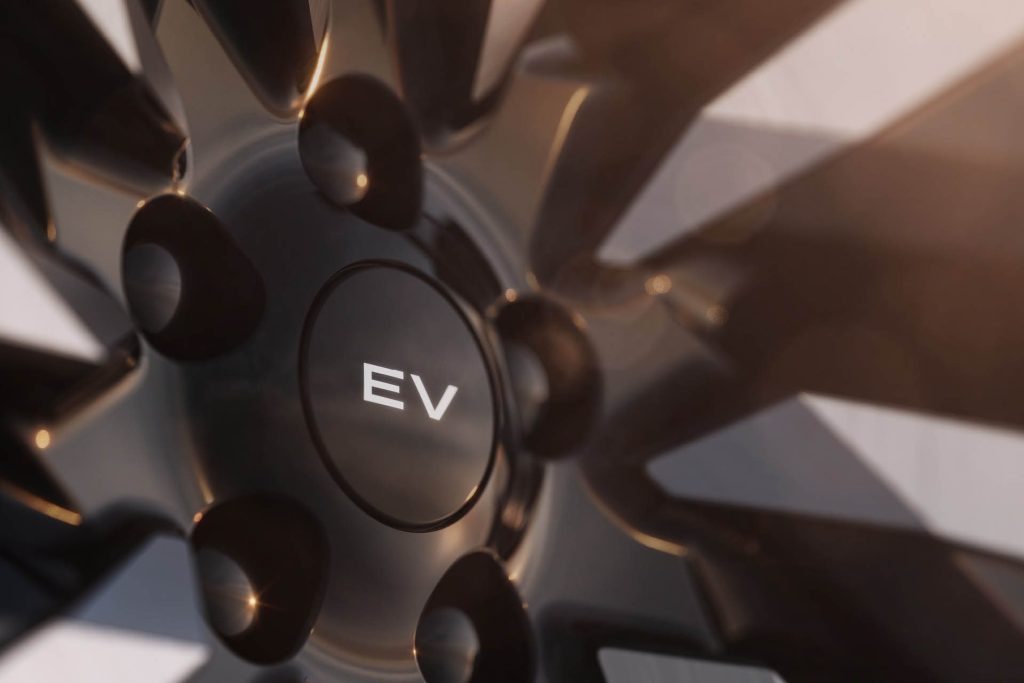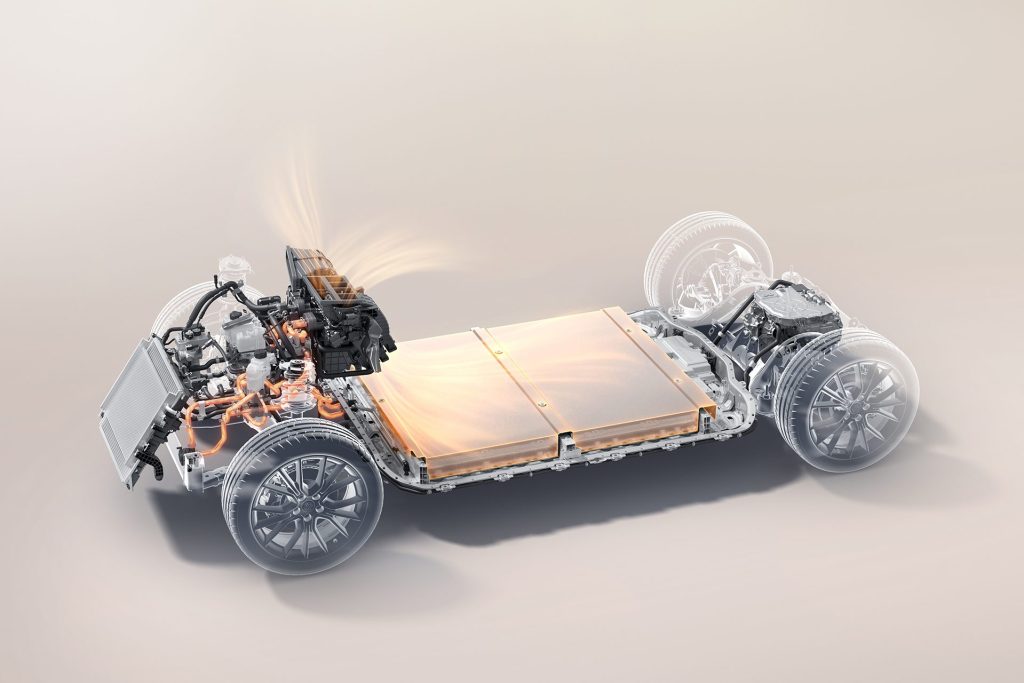Passengers seem more prone to motion sickness in EVs
Words NZ Autocar | Images Pexels
Electric vehicles now account for almost one in four new car sales globally but an unanticipated side effect is emerging, that of increased motion sickness.
According to the Guardian, EV passengers, especially those in the back seat, more often report feeling nauseous.
An explanation lies in the brain’s response to motion cues. William Emond, a PhD student studying car sickness in France, suggests that the cause is occupant unfamiliarity.

Most people understand that engine sounds and vibrations in ICE power vehicles are associated with specific motion changes, like acceleration or deceleration. These help the brain prepare for movement, reducing the likelihood of motion sickness.
Electric cars, however, operate almost silently. Therefore, they lack the mechanical feedback of vehicles powered by fossil fuels. Without engine revs or vibrations, passengers receive fewer auditory or tactile warnings of motion changes. There is therefore a disconnect between what the brain expects and what the body experiences, known as sensory mismatch. This mismatch is a well-known cause of motion sickness. For it creates confusion between the signals coming from the eyes, inner ear, and body.
Not all back seat passengers prefer ICE power.
Several reports corroborate this association. A 2020 study highlighted the absence of engine sound as a potential trigger of motion sickness. A study published last year found a strong link between motion sickness and fewer seat vibrations in electric vehicles.
Another key factor is regenerative braking, a common feature in EVs. This system slows the car gradually by prolonged, low-frequency deceleration. Such slowing has been associated with heightened motion sickness, likely because it disrupts the brain’s expectations about how and when the vehicle should slow down.

Emond explains that the brain builds a “motion model” based on experience, allowing it to anticipate how a vehicle will behave. When driving a familiar petrol car, people can rely on engine noise, vibration, and torque to predict movement. By contrast, EVs represent a new motion environment, one in which the brain has no prior model to work from. The lack of anticipatory cues results in a sensory conflict that can trigger nausea if it continues for an extended period.
As EV adoption increases, researchers are exploring ways to address this unique form of motion sickness. Some studies have proposed using visual or vibrational signals in EVs to help passengers anticipate changes in motion. Ambient lighting or seat vibrations could provide the brain with the information it needs to avoid the sensory mismatch that causes illness.
Motion sickness may remain an unintended consequence of the transition to cleaner transport until working solutions are found.





